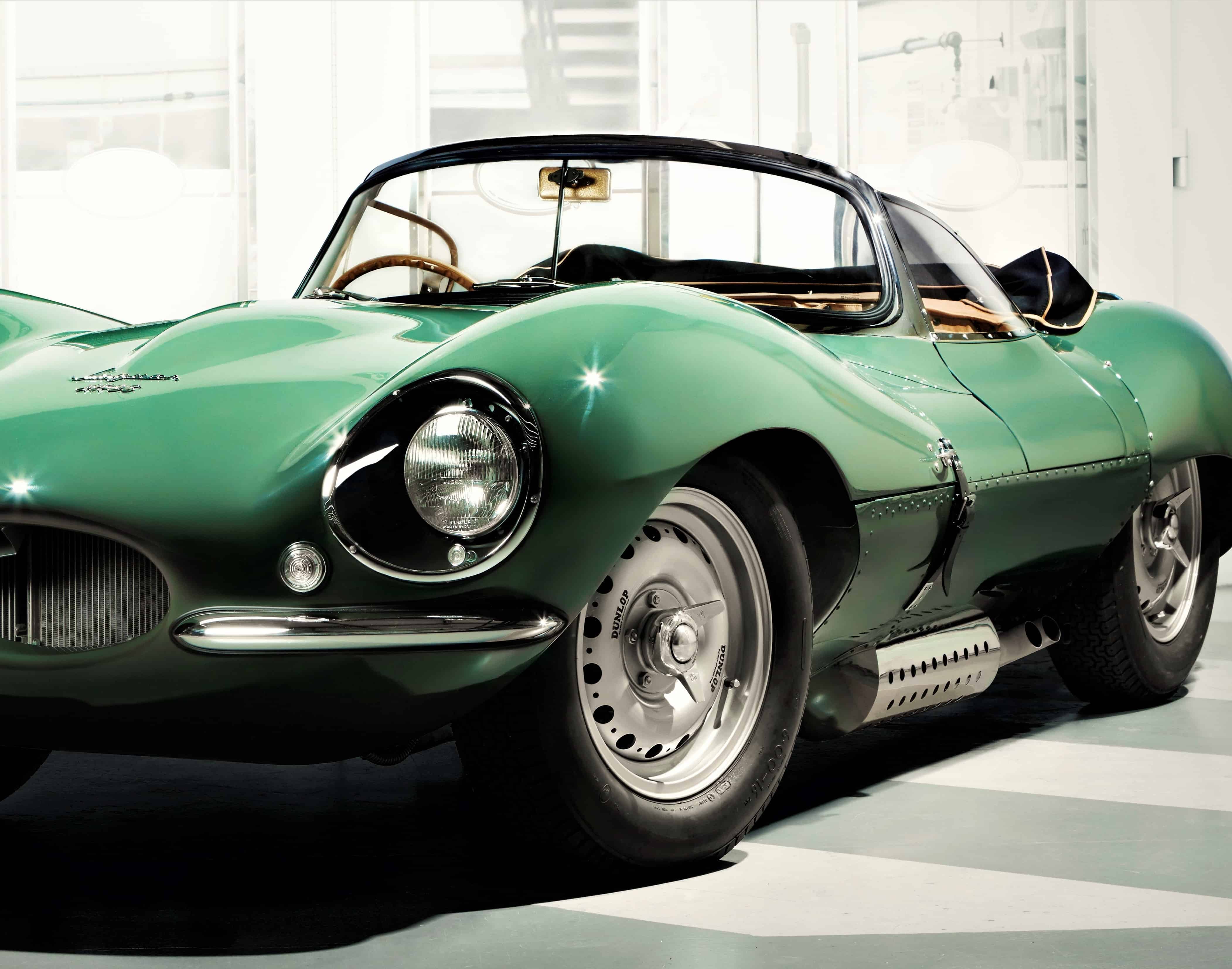
While the world’s auto manufacturers prepare to show off their latest creations at the Los Angeles Auto Show, Jaguar was busy a few miles away at the Petersen Automotive Museum rolling out something completely different, a spectacular piece of its motoring heritage made new again.
Jaguar Classic, the automaker’s heritage division, unveiled the first of its completely new 1957 XKSS roadsters built to the exact specifications of the six-decade-old design, what Jaguar calls a “new original” re-creation of what’s considered to be the first post-war supercar.

Nine XKSS continuation roadsters are to be built for customers worldwide, at a proposed price tag of $1.5 million each. That’s a lot, but just a fraction of the value of an original 1957 XKSS, which range from an average of $8.3 million to a high of $15.3 million, according to the latest figures from Hagerty classic car insurance and valuation.
Don’t fret the price tag of the continuation, though, because you can’t buy one; all slots for the yet-to-be built roadsters have been spoken for. Perhaps a few will come up for sale after their owners take delivery, undoubtedly at some ungodly markup.
The Sherwood Green car unveiled Thursday at the Petersen is technically No. 10 because it is more of a prototype than a customer car. It lacks a vehicle identification number and Jaguar plans to keep it in-house forever.
The XKSS took 10,000 man-hours to build, Jaguar saysWhat was shown is a perfectly replicated, brand-new XKSS that took an estimated 10,000 man-hours to fabricate and assemble, the body made out of the correct magnesium alloy and the car powered by the correct D-type engine, a 3.4-liter inline six with three carburetors and rated at 262-horsepower. All the car’s switches, gauges, brass fittings, even the body rivets, are as accurate as humanly possible, Jaguar says.
“The XKSS is one of the most important cars in Jaguar’s history, and we are committed to making the ‘new original’ version absolutely faithful to the period car in every way,” Kev Riches, Jaguar Classic engineering manager, said in a news release.
“From the number, type and position of all the rivets used – there are more than 2,000 in total – to the Smiths gauges on the dashboard, everything is the same as the original cars, because that is the way it should be.”
There were no wooden bucks for forming the body so Jaguar technicians digitally scanned original cars and built their own bucks. The various faults of the hand-built competition bodies from the 1950s remain intact, Jaguar says. When the prototype was revealed at the Petersen, an original 1957 XKSS – which had been owned by actor and motorsports fanatic Steve McQueen – stood nearby.
There will be nine customer XKSS continuation cars built for a reason. In 1956-57, Jaguar was supposed to produce 25 XKSS roadsters, the streetable sports cars created from the remaining D-type race cars that had proven so formidable in endurance racing, such as the 24 Hours of Le Mans.
The body is made of magnesium alloy to replicate the originalWith a full-width windshield, more-civilized interior, and losing the D-type’s signature fin, among other revisions, the XKSS was designed to carry forth Jaguar’s full-throated performance from the track to the street.
But after just 16 of the roadsters were created, a devastating fire at Jaguar’s Browns Lane factory destroyed the last nine D-type race cars that were destined for transformation into XKSS road cars. The surviving XKSS models were acclaimed for their style and performance, and today they are highly sought after for their stunning appearance and provenance.
Jaguar Classic announced in March that it would undertake the ambitious XKSS project. This is not the first time that the automaker’s heritage division produced an all-new version of a famed period classic; during the past two years, the six “missing” E-type alloy-bodied racing coupes of the early 1960s, the so-called “lightweights,” have been produced to the specifications of the originals. That completes the original planned run of 18, of which only 12 were built in period.





